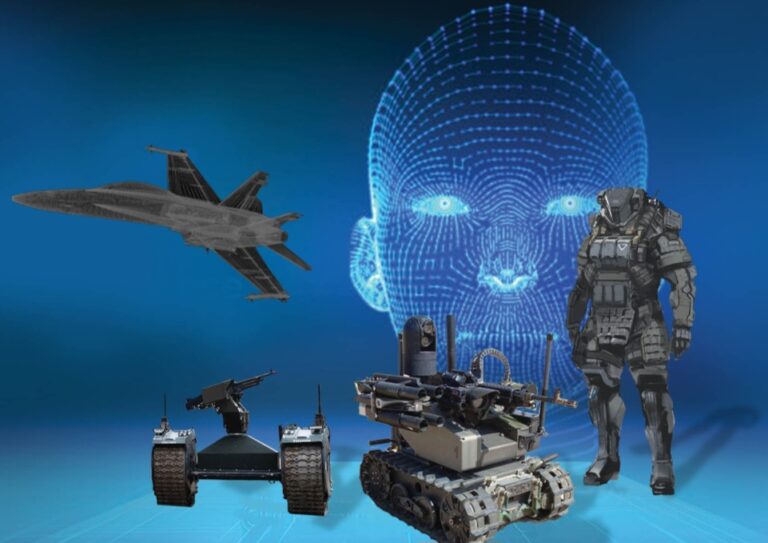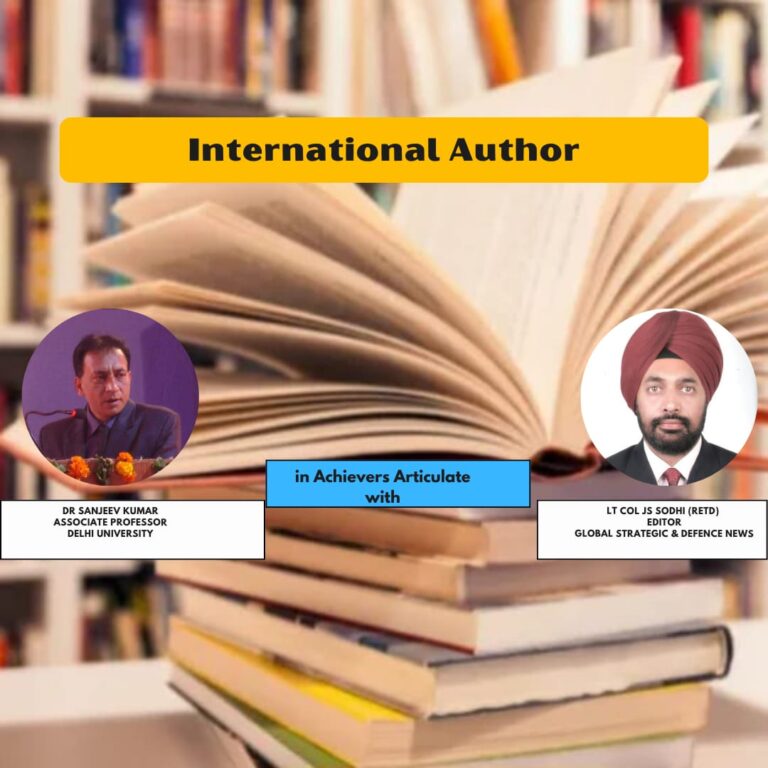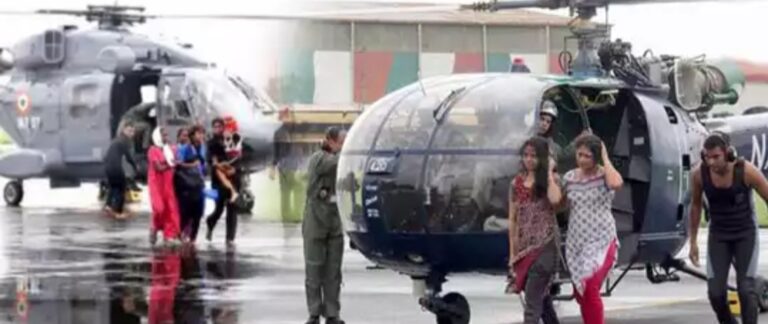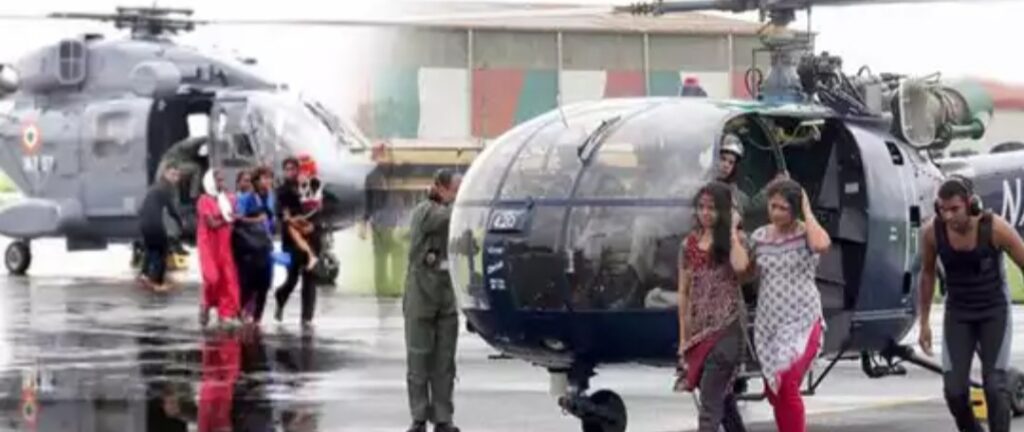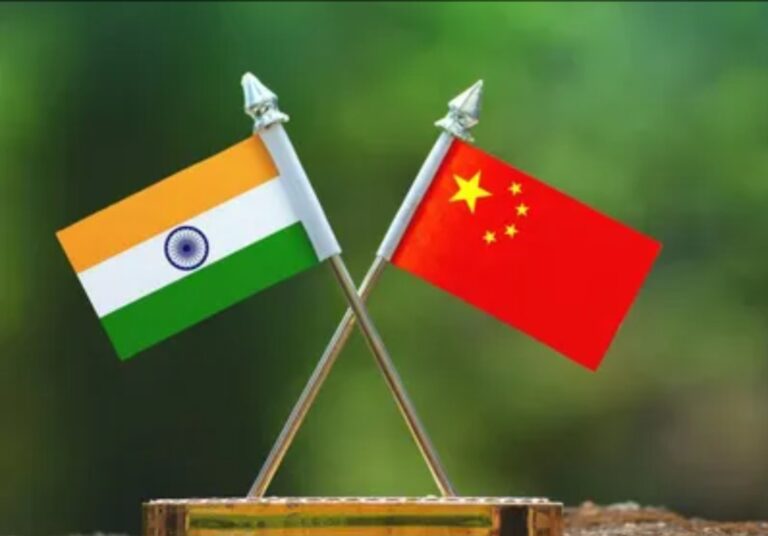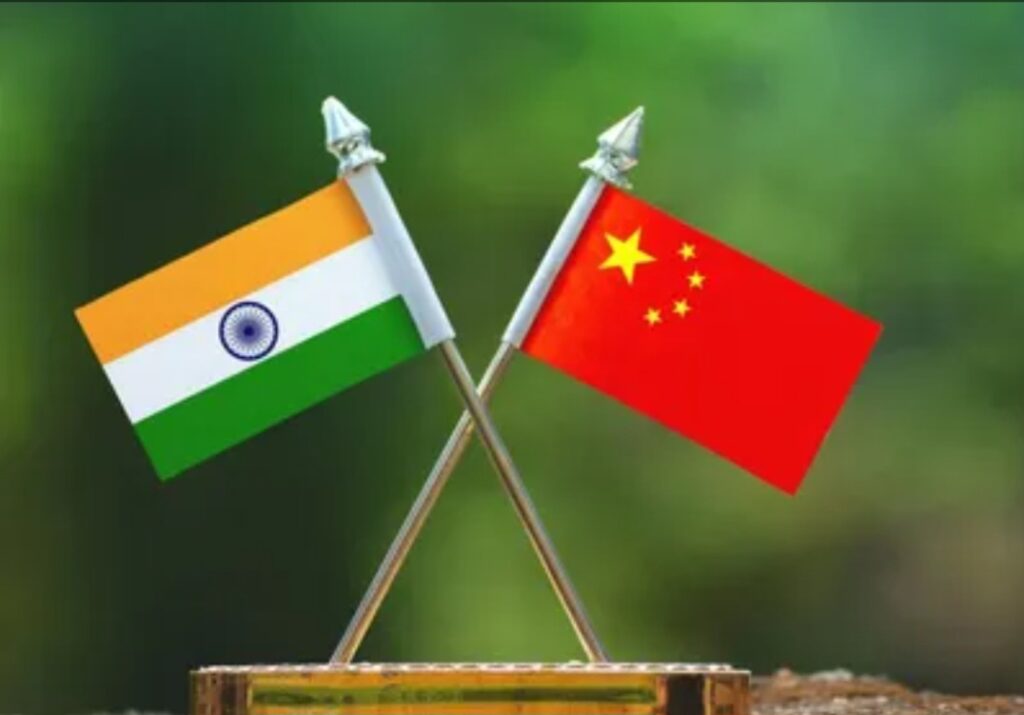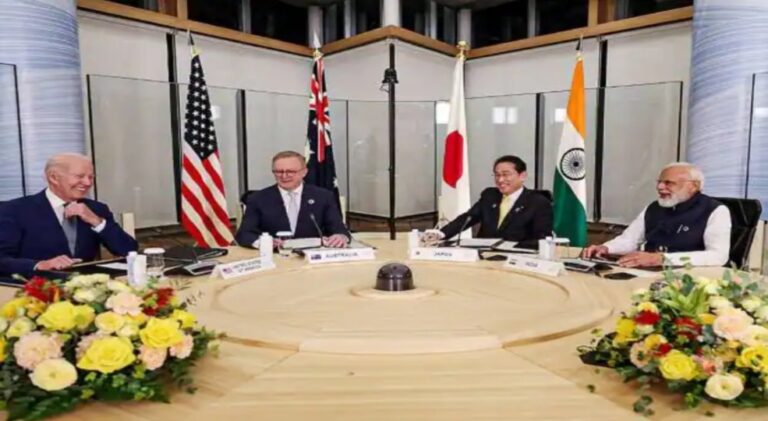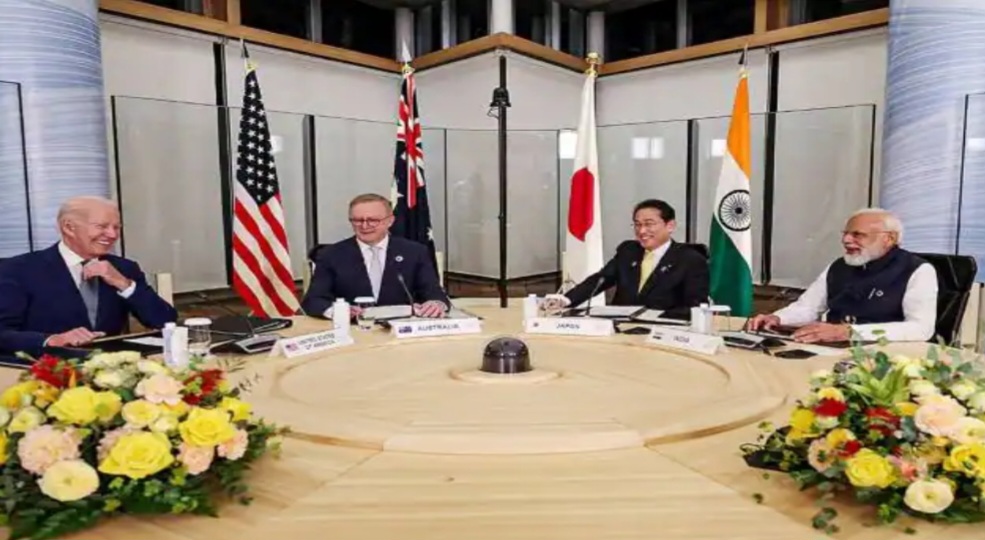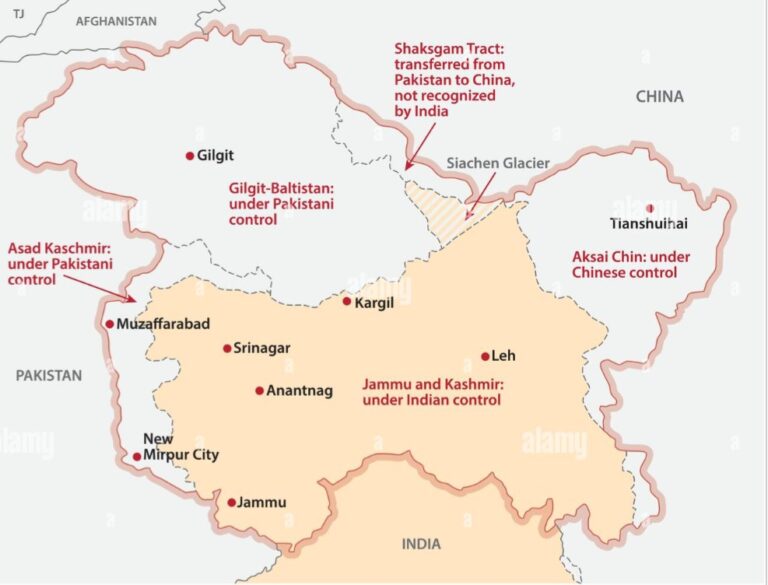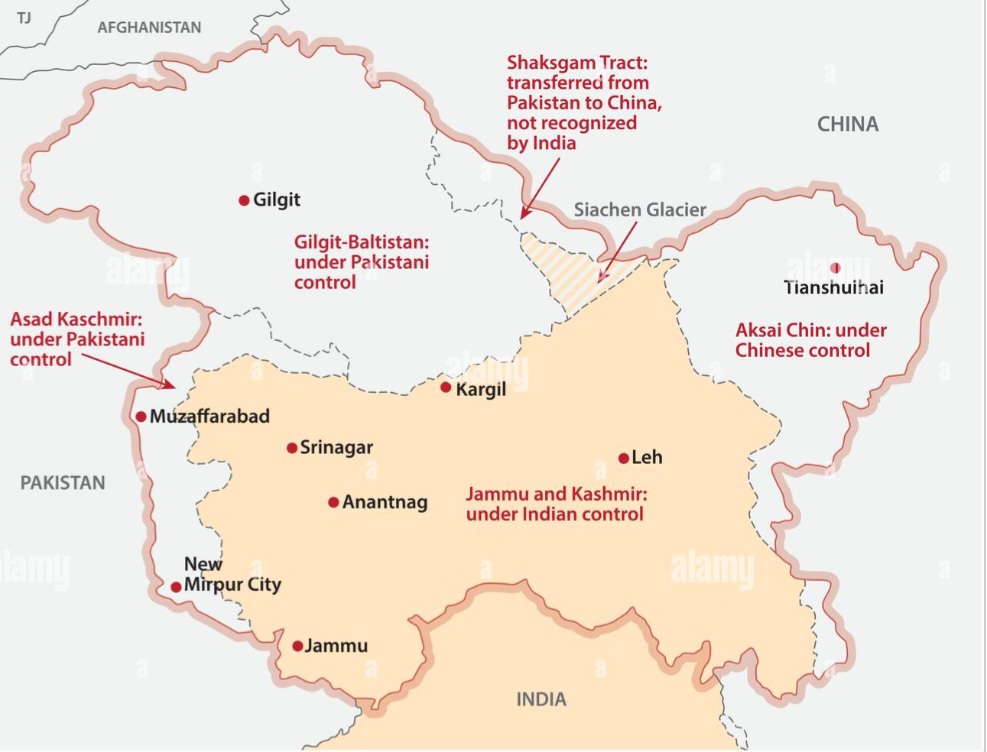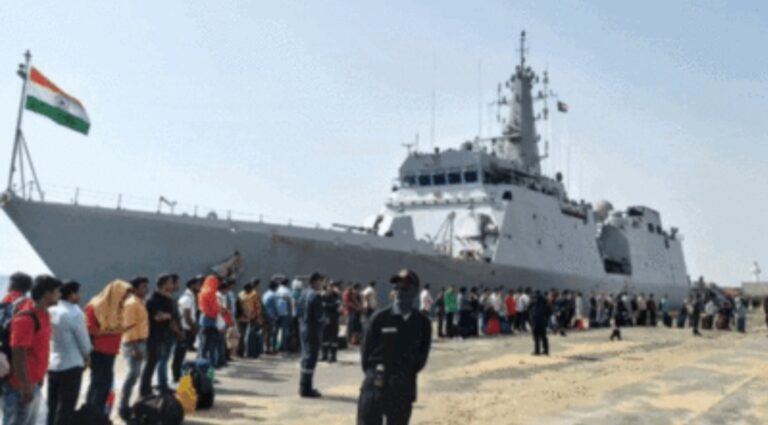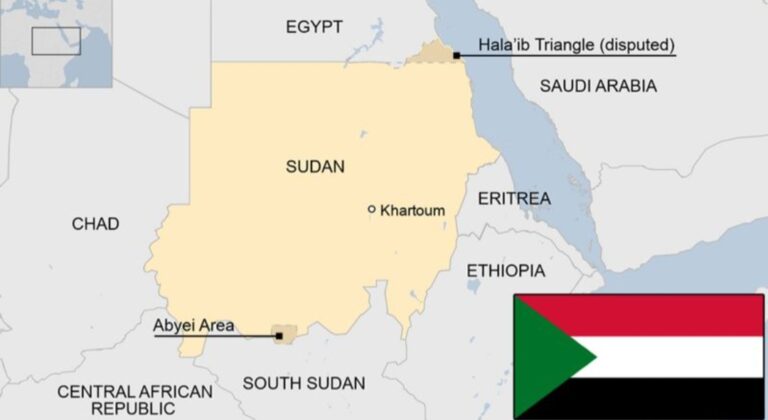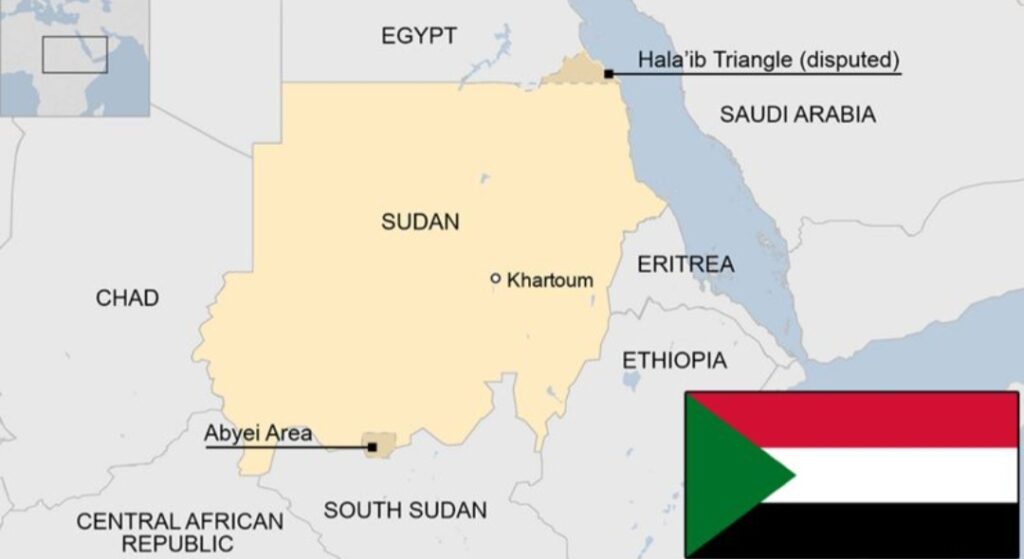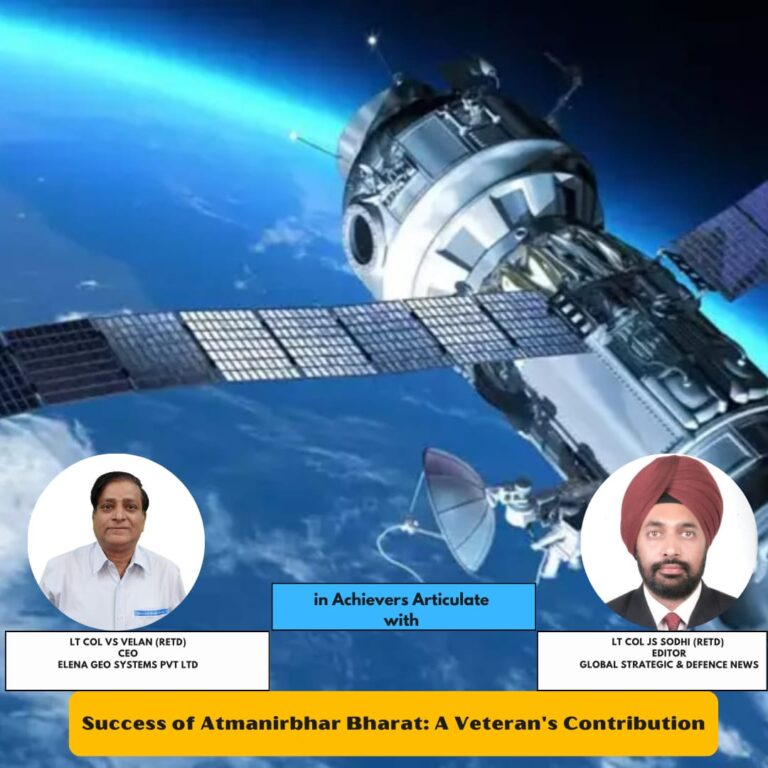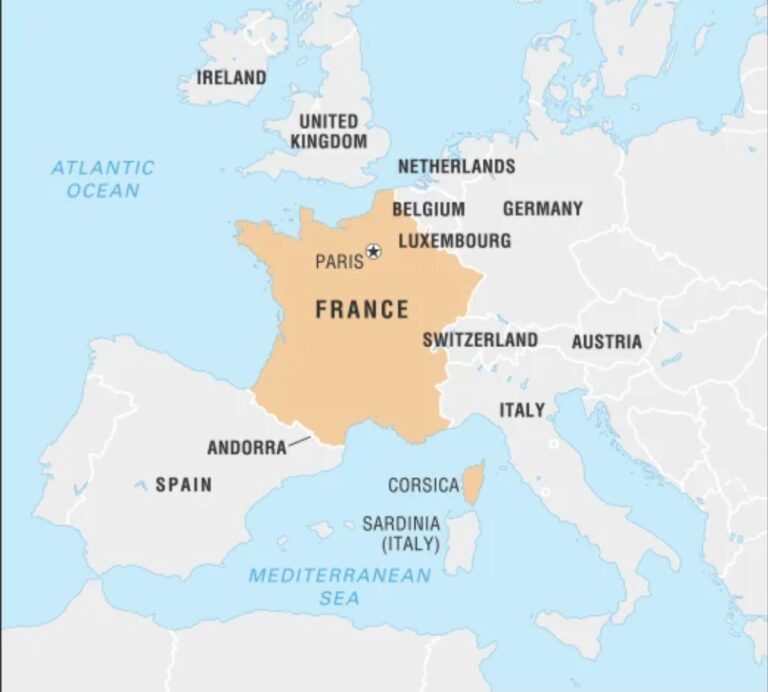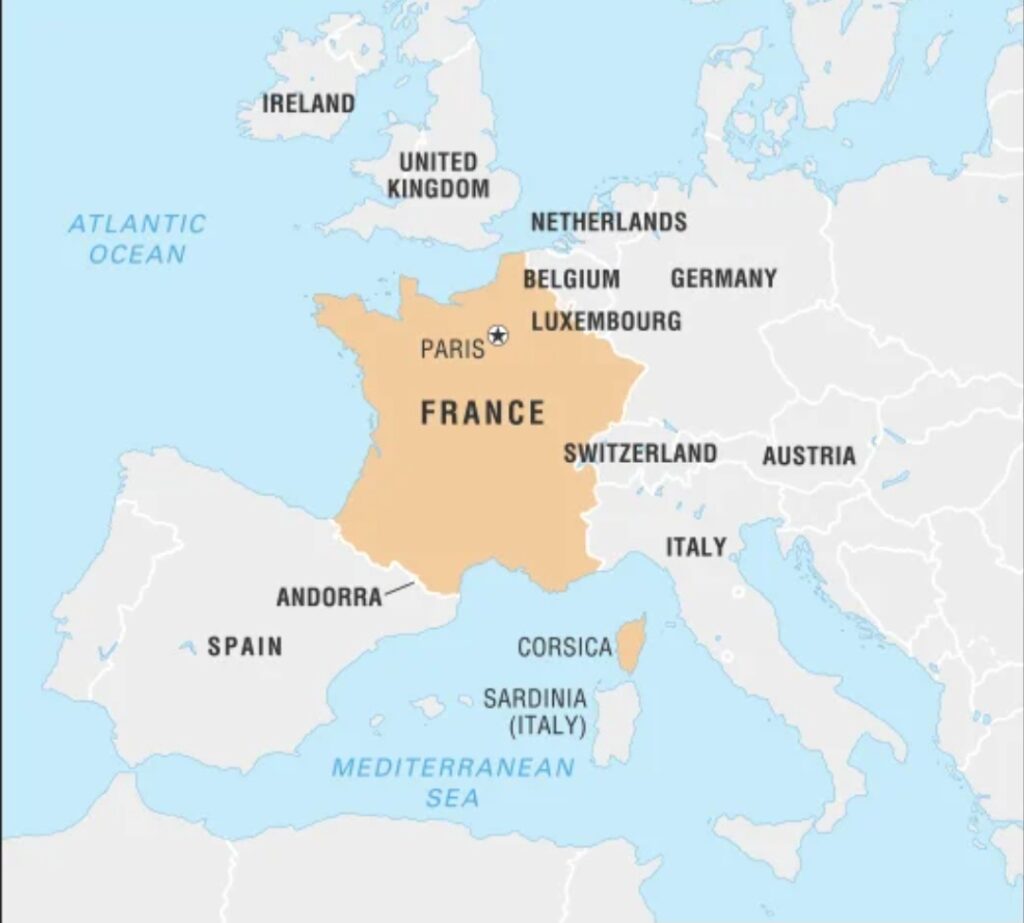By: Vaibhav Borude, Research Analyst, GSDN
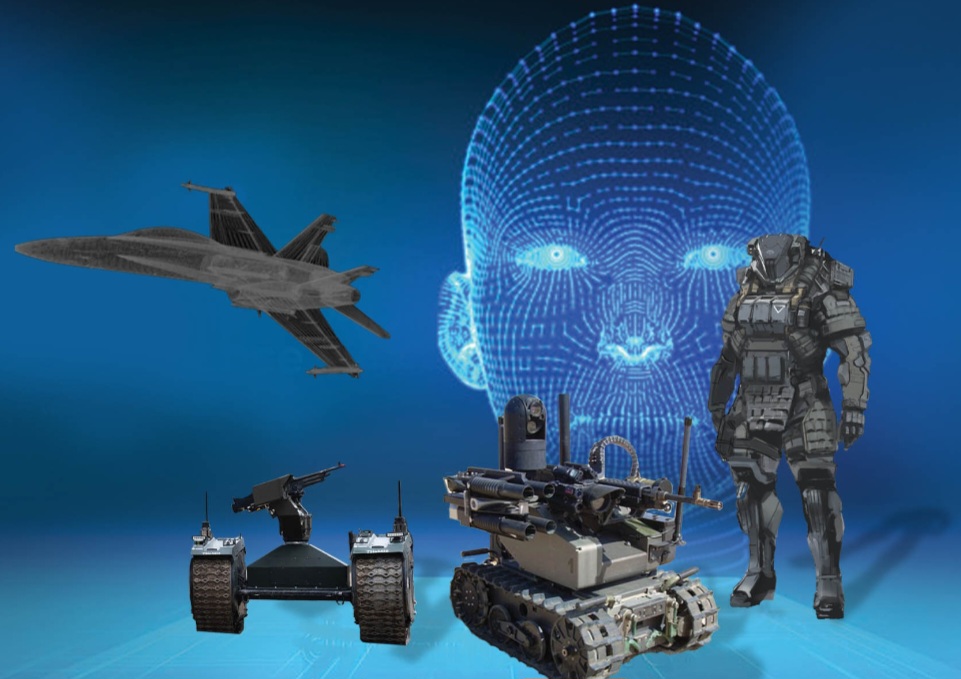
Artificial Intelligence (AI) has revolutionized every aspect of modern life, including warfare. The use of AI in military operations has become increasingly prevalent in recent years, providing an array of benefits that have transformed the way wars are fought. The use of AI technology in modern warfare has changed the nature of conflict and has greatly increased the effectiveness and efficiency of military operations. In this essay, we will discuss the importance of artificial intelligence in modern warfare and the benefits it provides.
AI has numerous applications in the military, ranging from the automation of routine tasks to the development of autonomous weapon systems. One of the most significant benefits of AI in warfare is its ability to process and analyze vast amounts of data quickly and accurately. With AI, the military can make sense of the enormous amounts of data collected from sensors, satellites, and other sources, allowing them to make more informed decisions.
One application of AI in military operations is in the development of autonomous systems. Autonomous systems are robots or drones that can operate independently without human intervention. These systems are used for a range of tasks, from reconnaissance to combat. They can be equipped with sensors, cameras, and other devices that allow them to gather information and perform tasks with great accuracy. India is using this as a base to increase the surveillance along the Line of Control, as it provides real time inputs, and with reduced cost, it will greatly aid in border surveillance. The recent example of an attack on Moscow using drones shows how it poses a threat to late movers in using AI in modern warfare.
This use of autonomous systems in modern warfare has several advantages. For one, they reduce the risk to human life. In situations where it is too dangerous or difficult for humans to operate, autonomous systems can be used instead. Additionally, they can operate around the clock, without the need for rest or sleep, providing a constant surveillance and defence capability.
Another application of AI in warfare is in the development of predictive analytics. Predictive analytics uses machine learning algorithms to analyze data and make predictions about future events. In military operations, this technology can be used to predict the movements of enemy troops or the likelihood of a particular event occurring. By using predictive analytics, military planners can make more informed decisions and respond to threats more effectively. AI can be used to effectively analyse the inputs that we get from ground level, the use of AI and machine learning can lead to quick differentiation of data, and big data can effectively help in segregating the data, and taking right decisions at right time. As in India’s case the border is very long, by using AI we can use data analysis the filter the data and create a threat perception maps to aid the decision making
AI is also used in the development of cyber warfare capabilities. Cyber warfare involves the use of computer networks and digital systems to attack an enemy’s infrastructure and disrupt their operations. With AI, military planners can develop sophisticated cyber-attack strategies that can penetrate even the most secure systems. Additionally, AI can be used to defend against cyber-attacks by detecting and responding to threats in real-time. The Chinese red hats army cannot be ignored in this, they had attacked the power stations in Mumbai, that led to power outage all over Mumbai for hours, thus crippling the financial capital of India. India has also now started to develop its cyber warfare capability, to deter an adversary who is looking for opportunity to attack our critical information infrastructure. Indian government has created CERT IN teams, to repeal such type of attack.
The use of AI in military operations also extends to logistics and supply chain management. With AI, military planners can optimize supply chain operations, reducing costs and improving efficiency. For example, AI can be used to predict maintenance needs, ensuring that equipment is serviced before it fails. Additionally, AI can be used to optimize transport routes, reducing the time and cost of moving supplies and equipment.
AI is also used in the development of simulation and training systems. Simulation systems use AI to create realistic training environments that simulate real-world scenarios. This allows soldiers to train in a safe and controlled environment, preparing them for the challenges they may face in the field. Additionally, simulation systems can be used to test new equipment and tactics, allowing military planners to evaluate their effectiveness before deploying them in the field.
The AI has potential to lead to a geopolitical flux, as the trade war between USA and China is moving forward. Many MNCs are looking to move away from manufacturing in China. China has been accused of copying the Intellectual Properties and develop the technology that USA has. The use of AI can lead to such more sophisticated attack on the military installations all around the developed world. It will lead to strengthening of cyber security. At present, there is shortage of cyber security professionals, India can fill this gap. But India also needs to develop its cyber security as India is vulnerable to many cyber security threats like Red hat.
The rise of AI in modern warfare would lead to change in the way wars are fought. The information analysis with precision and high speed will lead, to benefits in manifold terms to the first-mover. AI itself can be used to create new super technology, that can open doors to many new technologies that were hitherto unknown to mankind. With AI and the vast amount of data set available, big data technology can be used to predict in change in security systems worldwide. Big data with facial recognition tech can be used for surveillance purpose. It can be used at airport to monitor the movement of criminals, scan the entire data at a faster speed with greater accuracy. It can be used to monitor the movement of illegal goods in the transportation sectors.
While the use of AI in military operations has numerous benefits, it also raises ethical concerns. One of the main concerns is the use of autonomous weapon systems. Autonomous weapon systems are weapons that can operate independently without human intervention. The development and use of these weapons raises concerns about their ability to distinguish between legitimate targets and non-combatants. Additionally, there are concerns about their ability to operate in complex and unpredictable environments, where the risk of collateral damage is high.
Another ethical concern is the use of AI in decision-making. With AI, military planners can make more informed decisions, but there is a risk that decisions may be made solely based on algorithms and data, without taking into account the human element, it can lead to biases and false rights that can escalate a conflict.
The concerns do not end here, there is also an issue of differential power matrix, that exist between the countries. China, USA are world leaders in new technology and FAB production, that creates a gap between the developed and developing world. India has resources, technology, manpower, intent but still we are behind these countries. This, can lead to another arms race, to create a hegemony on AI based modern warfare. Currently, there are no global statutes or laws that can regulate the AI based weapon system. Thus, there is need to develop new laws, conventions, to address the issue that arise on use of AI and also the issues that may arise in near future.
At best, AI would support the Warfare that exist as such in present, and lead to new technologies, and weapons. The warfare that relied on moving tanks, soldiers, would still continue to exist as we have seen in the ongoing Russia-Ukraine War. AI can help and aid in decision making and create new weapons system, but the earlier concept of warfare would still be required. The challenge in any warfare is to be prepared for worst case scenarios, and AI can be used in this situation perfectly. It can aid in prior decision making by using data based analysis, scenario generation and save the precious life of soldiers. AI would ultimately define, how power flows in society. The flow of power from the barrel of gun as Mao Zedong suggested, needs to be changed can barrel must be replaced with AI.

